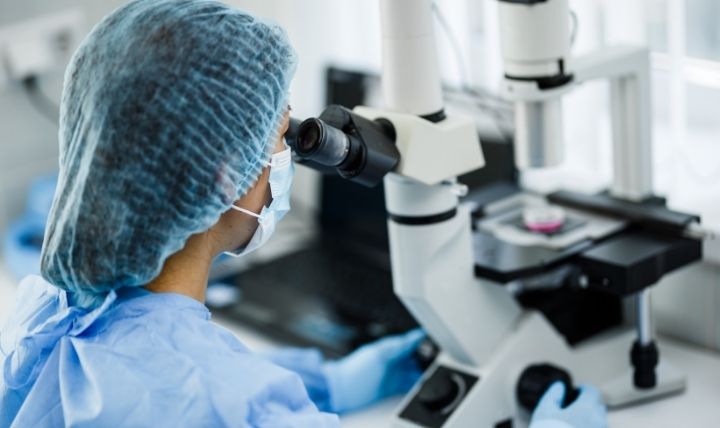
When you make the decision to your baby’s umbilical cord blood, you get peace of mind that it’s safe. At the same time, you hope you’ll never need it. But those stem cells are FDA-approved to treat more than 80 conditions, and have saved many lives. The most common uses of cord blood are giving children a fighting chance—and research shows promise for much more.
How Stem Cells Work
When your baby has just been delivered, there’s a valuable opportunity that you won’t get again. Before the umbilical cord is cut, your doctor can quickly, painlessly, preserve cord blood and tissue that is rich with stem cells. There are ways to acquire them later in life, but adult stem cells aren’t as plentiful or pure.
Stem cells are “building blocks” that can become any kind of cell the body needs. When a child’s blood cells are damaged—by cancer, for instance, or by chemotherapy—doctors can transplant fresh stem cells to replace them and reproduce. This can help thwart infections and promote healing.
Diseases of the Blood
What is umbilical cord blood is used for most frequently? Stem cell transplants treat more than 80 blood disorders. Some you’ve heard a lot about; others are genetic issues that are more rare. In general, cord blood will be used for:
- Blood cancers, like different forms of leukemia and lymphoma
- Bone marrow diseases, including Fanconi anemia
- Anemias, like sickle cell disease, thalassemia, and aplastic anemia
- Immune system problems like SCID (severe combined immune deficiency)
- Inherited metabolic disorders, which include leukodystrophies and Hurler syndrome
Current Clinical Trials
Scientists believe there’s immense potential for stem cells to treat and even heal a variety of conditions. If the research is approved, the most common uses of cord blood will be for such prevalent conditions as cerebral palsy, autism, diabetes, and Parkinson’s disease. The possibilities are endless, and parents who bank cord blood might benefit from them in the future. Are you interested in preserving your baby’s cord blood and tissue? New England Cord Blood Bank has been processing and storing these resources for more than two decades at our state-of-the-art facilities. Contact us to learn more.